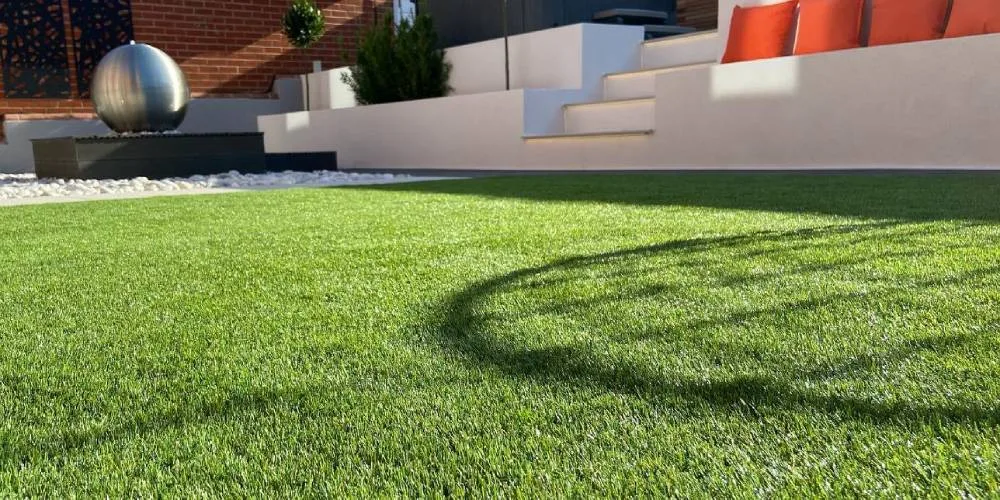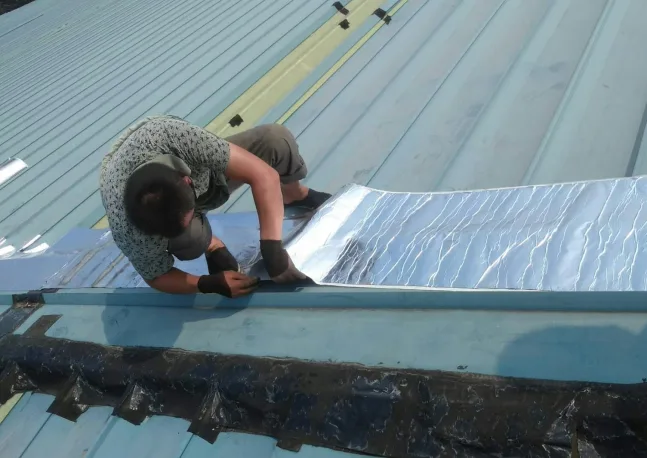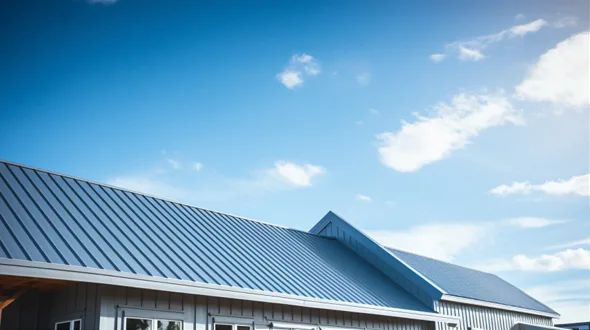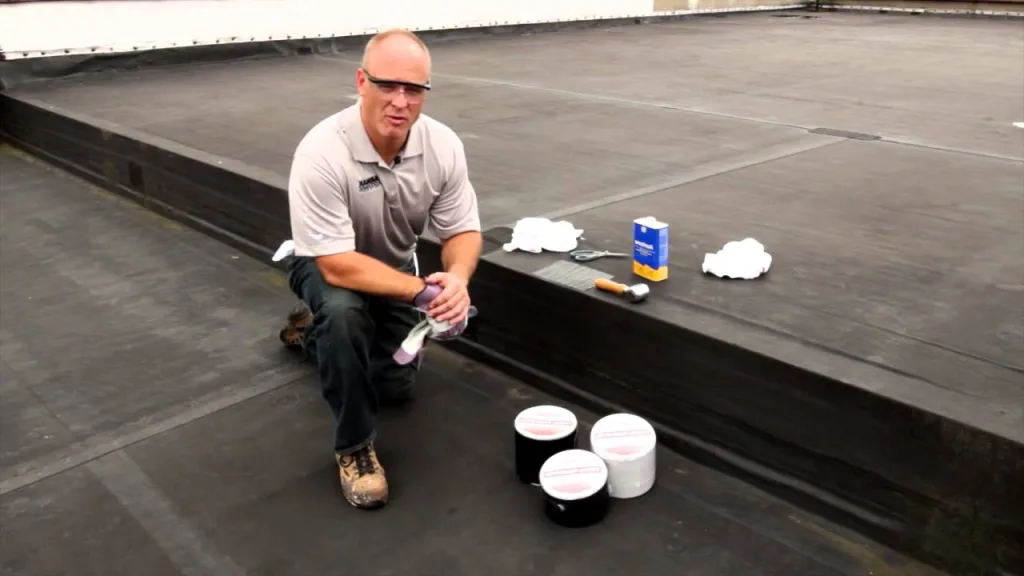Did you know that the differences between masking tape and painter’s tape can mean the difference between a flawless finish and a frustrating mess? Many DIY enthusiasts and professionals alike often overlook the significance of choosing the right tape. In this article, we’ll dive into the details of masking tape and painter’s tape, exploring their unique characteristics, applications, and how to select the perfect tape for your specific project needs.
What’s the Difference between Performance Masking Tapes and Other Masking Tapes?
Characteristics of Performance Tapes
In the realm of tape, not all masking tapes are created equal. Performance masking tapes are specifically engineered for demanding applications, incorporating advanced materials and adhesive technology that enhance their effectiveness. Unlike their general-purpose counterparts, performance masking tapes are designed to withstand harsh conditions, including prolonged exposure to UV rays, extreme temperatures, and various solvents. This makes them ideal for automotive, marine, and industrial applications where precision and durability are paramount.
On the other hand, general masking tapes, including the familiar beige varieties, offer medium to high adhesion but tend to leave adhesive residue or cause damage upon removal, especially if left on surfaces for too long. The essential difference lies in the adhesive’s composition—while performance tapes use an advanced formulation that balances strength with clean removal, typical masking tapes often prioritize quick bonding over delicate release.
Applications Best Suited for Each Type
Understanding where to use each tape type is crucial for achieving the best results. Performance masking tapes excel in applications like vehicle refinishing, where surfaces are subjected to heat curing processes. Their ability to hold firm during painting and then peel away without damage is what sets them apart.
General-purpose masking tapes are beneficial for tasks such as bundling cords, labeling items, and general repairs around the workplace. They can also serve well in non-critical painting tasks, such as masking off areas that don’t require precision, like wide trim or ceilings. However, when it comes to professional-quality finishes—especially those involving fine details—always opt for performance masking tapes or painter’s tapes designed for specific surfaces.

Related article: painter’s tape vs masking tape.
Picking the Right Tape for the Job
Factors to Consider When Choosing Tape
Selecting the right tape for your project might seem straightforward, but there are several factors to consider to ensure optimal performance and results.
Surface Type
Different surfaces require different adhesive strengths. For instance, a delicate surface like freshly painted walls would benefit from low-tack painter’s tape, while rough surfaces like brick or concrete may need heavy-duty duct tape.
Clean Removal
Look for tapes with defined clean removal times, especially if you plan to leave them on for an extended period. Most painter’s tapes advertise clean removal between 8 to 14 days, which is optimal for many painting jobs.
Exposure Conditions
Will the tape face UV light, extreme heat, or moisture? Understanding the environment in which your tape will perform is critical. For outdoor applications, UV-resistant tapes are a must.
Application Duration
If your project requires temporary adhesion, look for specialty tapes designed for more extended applications without damaging surfaces or leaving residue.
Common Mistakes to Avoid
When selecting masking tape, avoiding these common pitfalls can save you time and headaches.
Ignoring Surface Compatibility
Always check the tape’s specifications against the surface you plan to use it on. Using the wrong tape can lead to paint bleeds or surface damage.
Underestimating Duration is another mistake
If you expect a project to last longer than initially planned, choose a tape with a longer clean removal time.
Using General Purpose Tape for Painting
General-purpose masking tapes are not designed for detailed work. It’s best to use painter’s tape when precision is necessary.
Neglecting to Test First
Whenever working with delicate surfaces, always test the tape in an inconspicuous area. This step can prevent costly damage to finishes.
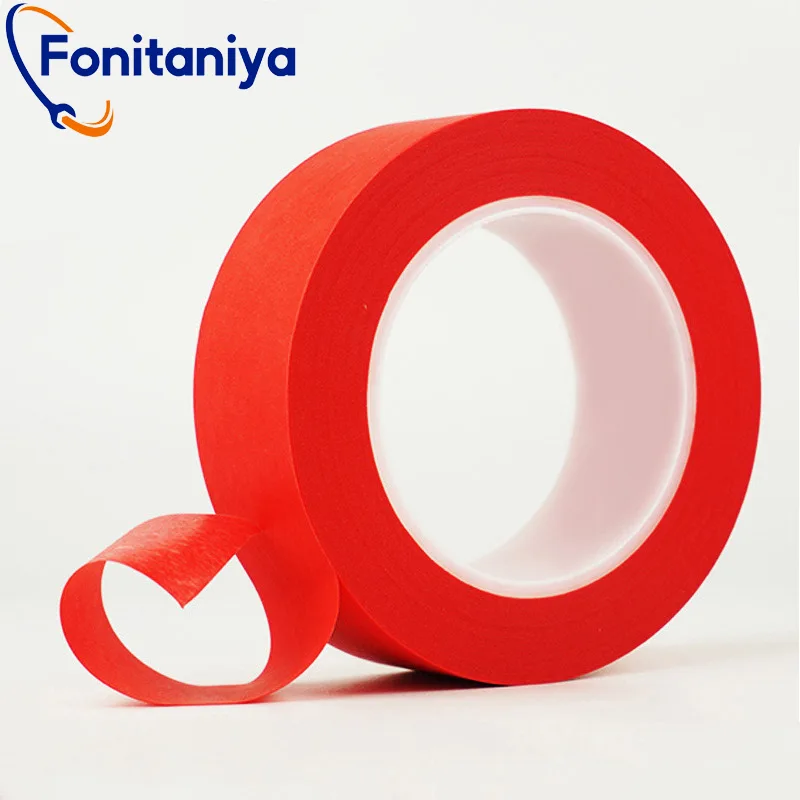
How Does Surface Impact the Type of Painter’s Tape Used?
Surface Considerations for Tape Selection
The type of surface you’re working with plays a significant role in the effectiveness of painter’s tape. Different projects require different adhesives tailored to the specific characteristics of the surface material. Factors such as texture, composition, and previous treatments all contribute to how well the tape adheres and releases.
Types of Surfaces and Recommended Tapes
Cured Painted Walls benefit from multi-surface painter’s tape that helps achieve clean lines and prevents paint bleed with a medium adhesion that balances sticky grip and easy removal.
Glass requires clean removal tape specifically formulated for this purpose to avoid adhesive residue.
Wood, especially unfinished or delicate wood, should use painter’s tape designed for fragile surfaces. These tapes typically have a lower tack, ensuring they come off cleanly without pulling away wood fibers or finishes.
Rough Surfaces like textured surfaces may require heavy-duty duct or repair tapes to ensure a solid grip and durability during the painting process.
When selecting a painter’s tape, it’s vital to evaluate the application surface to select a product that delivers a reliable hold while allowing for clean and damage-free removal.
Related article: Mastering painter’s tape.
Can I Apply Painter’s Tape to Wood Flooring?
Guidelines for Safe Tape Application
Absolutely, you can apply painter’s tape to wood flooring, but with a few important caveats. The key is to ensure that you select a tape specifically designed for delicate surfaces. These tapes often feature lower tack adhesives that allow for clean removal without damaging the wood finish.
Protecting Wood Floors with Tape
In addition to delicate surface painter’s tapes, consider using temporary floor tapes designed for use on wood floors. These products offer added durability, allowing them to withstand moderate foot traffic while protecting surfaces from paint and other materials. Temporary tapes may feature a stronger backing while still maintaining the clean release properties you need.
It’s crucial to remember that once the finish on a wood floor is damaged, repair can be both difficult and costly. To avoid any mishaps, always test the tape in an inconspicuous area before full application. Additionally, ensure that any preparation or follow-up coating is conducted according to the manufacturer’s recommendations to maintain the integrity of your wood floors.
Conclusion
In this article, we’ve explored the essential differences between masking tape and painter’s tape, giving you the knowledge needed to select the best products for your projects. Remember to consider surface type, application conditions, and clean removal properties when choosing the right tape, as these factors can significantly influence the outcome of your work. At Fonitaniya Tape, we’re proud to be an adhesive solution provider for over 15 years, continuously innovating our painter’s and masking tapes to meet the evolving needs of our customers. Make the right choice in adhesive products, and watch your painting projects transform into professional-grade finishes!
FAQs
Can masking tape be used for painting?
Masking tape can be used, but painter’s tape is designed for clean, precise paint lines.
What is the best tape for delicate surfaces?
Look for delicate surface painter’s tape with low-tack adhesive for optimal results on fragile materials.
How long can I leave painter’s tape on?
Most painter’s tapes allow for clean removal between 8 to 14 days, depending on the product.
Can I use duct tape instead of masking tape?
While duct tape is strong, it’s not designed for painting applications and may damage surfaces upon removal.
Is painter’s tape UV resistant?
Some painter’s tapes are specially formulated to resist UV rays, making them suitable for outdoor applications.

